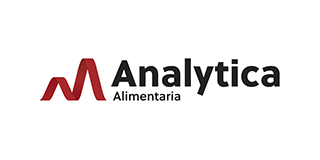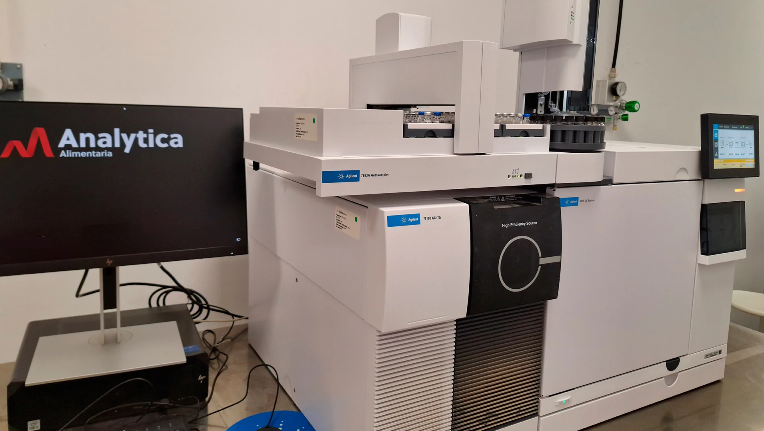

Analytica Alimentaria
Measurements
New Strategies for the Control of Difluoroacetic Acid Residues in Avocados
How Analytica Alimentaria is Addressing the Analytical Challenges of DFA to Ensure Food Safety and Regulatory Compliance in the Supply Chain

Recently, an avocado producer reached out to Analytica Alimentaria due to a positive difluoroacetic acid (DFA) result at the destination, which led to the rejection of the shipment and the risk of a public alert situation. The producer sought advice on how to proceed and expressed concern about controlling this pesticide residue before shipment to avoid significant losses and protect consumers.
Pesticide residues refer to active substances that may have detectable and quantifiable metabolites or degradation products. In this case, DFA is a chemical transformation product resulting from the use of the original compound, flupyradifurone, and is its principal metabolite to date. Although flupyradifurone was included in our routine analysis as part of the multi-residue screening based on QuEChERS with liquid chromatography (LC-MS/MS), DFA, due to its small molecular size and high polarity, is a challenging analyte and cannot be reliably detected with sufficient analytical quality according to SANTE guidelines in a multi-residue analysis.
Therefore, for reliable DFA determination in 2023, Analytica Alimentaria developed a specific method using high-resolution mass spectrometry with LC-QTOF technology, which allowed accurate quantification of this parameter.
Since the LC-Q-TOF analysis was requested on an ad-hoc basis and was not part of our routine, we considered developing an alternative DFA analysis method that, while equally reliable, would be more accessible. Accordingly, in line with the release of the latest revision of the QuPPe, Food of Plant Origin (QuPPe-PO-Method) Version 12.2 (21.12.2023) from the EU Reference Laboratories for Residues of Pesticides (EURL-SMR), which included DFA analysis by a multi-polar method, we successfully integrated DFA analysis into our polar compounds method in June.
Our recommendation to this producer to avoid unpleasant surprises is to also monitor potential residues of the flupyradifurone metabolite (DFA) during production to ensure total product safety and compliance with EU regulations.
At Analytica Alimentaria, we strive to offer our services as a robust tool for decision-making regarding food safety throughout the supply chain. We are committed to providing rigorous and effective work to ensure that consumers can enjoy healthy and safe food. Research and innovation are core to our routine, enabling us to implement a Quality Assurance System that enhances the value of our samples.
Additionally, our Food Safety Knowledge (FSK) department, in collaboration with the Planning and Risk department, manages updates related to residue legislation, definitions of residues, and potential applications in the field. This allows us to provide appropriate advice with the necessary analyses and meet the requirements of European regulations.












